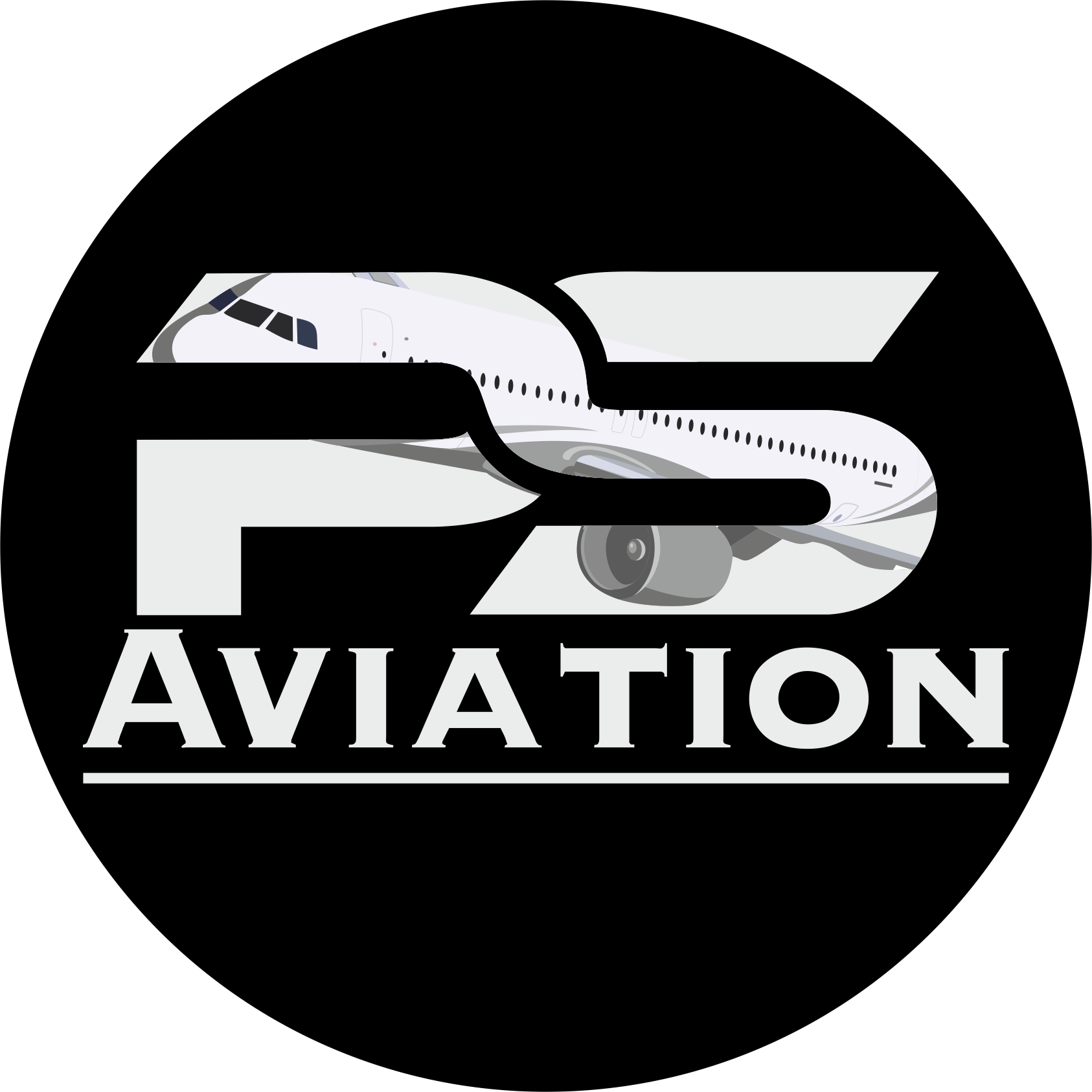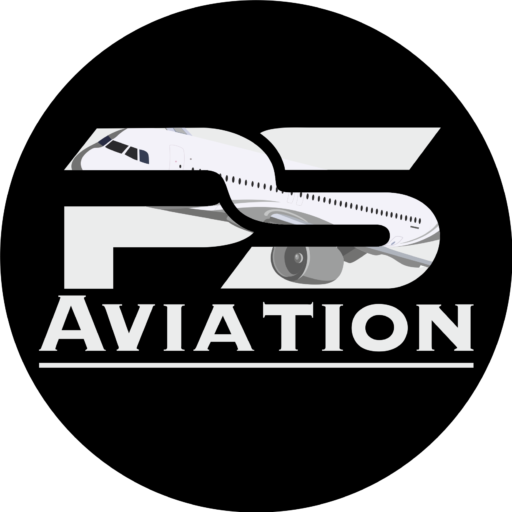
Introductory remarks
There are a number of career options in the aviation industry for those who are interested in pursuing one. Aviation offers many career paths, including pilots, air traffic controllers, maintenance technicians, and customer service representatives.
Having a basic understanding of the aviation industry and the roles and responsibilities of each job is crucial to exploring these career paths. There are some jobs that require technical expertise and specialized training, while others require excellent communication skills and customer service abilities.
Careers in the aviation industry are rewarding, challenging, and fulfilling. In addition, it offers opportunities to meet people from different cultures and backgrounds, and to make a positive impact on the aviation industry
The airline industry
Airlines provide scheduled passenger and cargo air transport services. Flights between domestic or international airports are typically offered by airlines, which typically have a fleet of aircraft.
There are many types of airlines, from small regional carriers with a few planes to large international carriers serving destinations around the world. The government owns some airlines, while the private sector owns others.
Aside from passenger and cargo transportation, airlines may also provide in-flight meals, entertainment, and other services. A loyalty program with benefits such as priority boarding, upgrades, and airport lounge access is also available on many airlines.
| Areas of responsibility | Identifying information |
| Aerial transport | Commercial, cargo, and charter pilot |
| An airline flight attendant | |
| An air traffic controller | |
| Assisting customers. | |
| An airline baggage handler | |
| Agent on ramps | |
| An aircraft mechanic or technician | |
| Technologist for ground support equipment | |
| Managing Stations |
| Analyzes revenue management |
| Marketing and sales representative |
| Operational coordination |
| Inspection of safety systems |
| Lawyer for the aviation industry |
An airport
The purpose of an airport is to facilitate the arrival and departure of aircraft. In general, airports consist of runways, taxiways, aprons, and terminal buildings. Additionally, airports may have air traffic control towers, maintenance and repair facilities, cargo terminals, and fueling stations.
Global trade and commerce are greatly facilitated by airports, which provide vital transportation links between cities and countries. They allow passengers and cargo to be transported quickly and efficiently over long distances, connecting people and businesses across the world.
| The work areas | Identifying information |
| Airports: | Managing airports |
| A ticket agent for an airline | |
| A member of the immigration department | |
| An agent who provides customer service | |
| Supervising airport operations | |
| Security officer at an airport | |
| Representative of the airport customer service department | |
| Service agent on the ground |
| A ramp agent |
| An individual who handles luggage |
| ATC |
| Aircraft Technician/Mechanical Engineer |
| Agent for freight |
| Environmental Specialist |
| Maintenance technician |
| As a firefighter |
Service for air traffic
An aircraft’s safe and efficient movement in the airspace is ensured by air traffic services (ATS). In addition to preventing collisions between aircraft, ATS also prevents collisions between aircraft and terrain or other objects.
As part of ATS, there are various services, such as air traffic control (ATC), flight information service (FIS), alerting service, and search and rescue service. The responsibility of air traffic controllers is to direct aircraft movements, provide pilots with information about weather conditions and other factors that could affect their flight, and ensure aircraft maintain a safe distance from other aircraft and follow their assigned flight paths.
| The work areas | Identifying information |
| Services for air traffic control: | An air traffic controller |
| Specialized in air traffic management | |
| Specialized in flight service | |
| A safety inspector for aviation | |
| Operational Specialist |
Manufacturing of aerospace products
Aircraft, spacecraft, and related technologies are manufactured using various components and systems that are used in aerospace manufacturing. The aerospace manufacturing industry is highly specialized and requires advanced engineering, materials science, and production skills.
In the aerospace manufacturing industry, a wide variety of products are produced, including engines, avionics, and control systems, as well as airframes, wings, and fuselages. Manufacturers of aerospace products typically employ highly skilled engineers, designers, and technicians.
| Areas of Responsibility | Identifying information |
| Manufacturing in the aerospace industry: | Engineer specializing in aerospace |
| Technician in aeronautics | |
| Mechatronics Assembler | |
| Technician/Mechanic for aircraft | |
| Managing Producer | |
| Inspecting quality control | |
| Architect/Designer |
| Assisting with testing |
| Engineer, maintenance |
| Managing the supply chain |
| Mechanic |
| A machine operator |
The education and training of pilots
Programs and courses that prepare individuals to work in the aviation industry are known as aviation education and training. It is possible to find these programs at universities, technical schools, flight schools, and aviation training centers, and they can cover a wide range of aviation-related topics, including aircraft design, engineering, maintenance, air traffic control, pilot training, and aviation management.
The main objective of an aviation education and training program is to provide students with a comprehensive understanding of the technical and operational aspects of the aviation industry, as well as the knowledge and skills needed to operate and maintain aircraft safely and efficiently. Several programs also include practical training components, such as flight simulations and hands-on training with aircraft maintenance and repair.
| Areas of Responsibility | The designation |
| The aviation education and training system consists of: | Instructing pilots |
| Instructor at a ground school | |
| Trainer for simulators | |
| Developer of curriculum | |
| Advisor to students | |
| Recruiter |
Governing agencies
A government agency is an organization created by the government to carry out public functions, tasks, or services. In addition to enforcing laws, regulations, and policies, these agencies also provide citizens with a range of services.
| The work areas | Identifying information |
| Government Agencies: | Inspector for the Federal Aviation Administration (FAA) |
| Investigator with the National Transportation Safety Board (NTSB) | |
| Inspector for aviation safety | |
| An air marshal | |
| Officer of Customs and Border Protection at an airport |
An agent of the TSA
Aviation for business
Using aircraft for private transportation is known as corporate aviation. Business travelers use a wide range of aircraft for this purpose, ranging from small single-engine planes to large corporate jets.
Businesses benefit from corporate aviation, including increased flexibility and efficiency in travel, quick access to remote locations, and the ability to tailor travel schedules to meet their needs. As well as enhancing a company’s image and reputation, corporate aviation can also be seen as a sign of success.
| The work areas | Identifying information |
| Aviation for corporate clients: | Pilote d’entreprise |
| Attendant on a flight | |
| An aircraft mechanic or technician | |
| Sales Representative at Charter Airlines | |
| Management Executive – Aviation | |
| A sales and acquisition agent for aircraft | |
| Managing Director |

